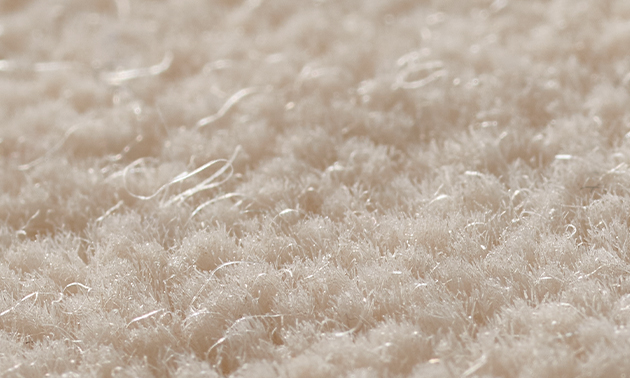

Generally speaking, the specification of felted wool is 4.3S-2.5S, and the carpet made of felted wool has full grain, good resilience and less hair loss. The fiber diameter is thicker than the worsted wool. The abrasion resistance of wool is excellent. The fiber structure is compact, so it has strong tensile and tear resistance. The woolen carpet can withstand daily wear and has a long service life. At present, the wool with the highest sales volume in the market is processed with a fiber of 3-5 inches T128 (fineness of 36 microns), and we choose the wool with good fineness of T135 (good winding), +T141 30 microns (good stiffness), +T128 (good fineness), for spinning. The woolen carpet with this parameter has full surface and high resilience, but it has strong graininess and excellent cost performance.
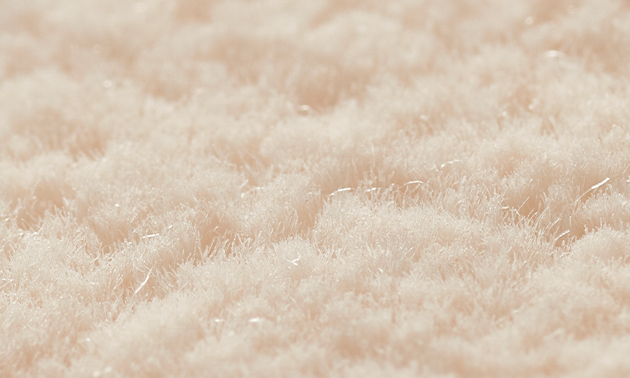
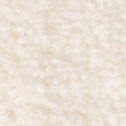
Semi-worsted wool is a kind of wool, whose spinning method between worsted wool and felted wool. It is different from the felted wool which uses cotton carding machine instead of double or multi-unit carding machine. The yarn produced by semi-worsted wool is fluffy, soft, fine in count, uniform in evenness, smooth in performance, good in color, good in resilience, less in grass, and protein fiber, so it is very suitable for making carpets. In New Zealand, there are many kinds of sheep, the thickness of wool is also diversified, and the fiber length is longer than that of Chinese wool. What we call semi-worsted yarn is generally 2/240 NZ Wool. The carpet made of semi-worsted wool has smooth and delicate surface, soft hand feeling and less hair loss, which is especially suitable for making carpets with fine patterns. For semi-worsted wool, the whiteness of wool needs to be -2 degrees, the fiber length is 6 inches, and the fineness is 30 microns. It is the most expensive in New Zealand wool.
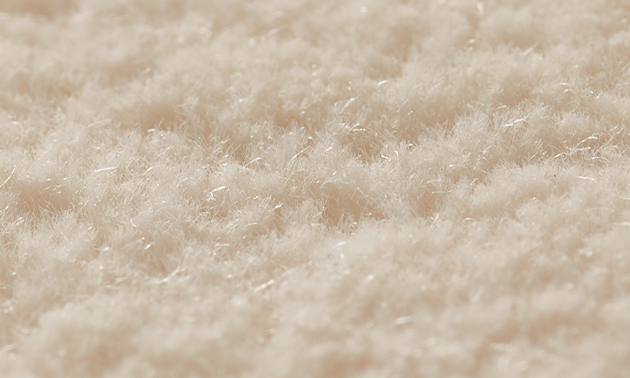

Worsted wool, also called Merino wool, is produced in a kind of sheep named Merino, which is from Australia. Merino wool can't be raised in other parts of the world, and Merino sheep will produce variety variation when they leave Australia. Of course, Merino wool can only be imported from Australia, so the price is extremely high, the second is the cashmere. Because of this, Merino wool, kangaroo and koala have become Australia's national treasure specialty. Merino wool is also called superfine Merino wool, because its fiber is extra fine, with a diameter below 19.5 microns, and the best Merino wool has a diameter below 11.7 microns, which is the thinnest among the wool varieties, with very soft and delicate hand feel and excellent heat preservation and moisture absorption functions. Its noble price and feel, second only to cashmere, doomed its products to be the top grade of all wool products. Ordinary wool is much thicker.
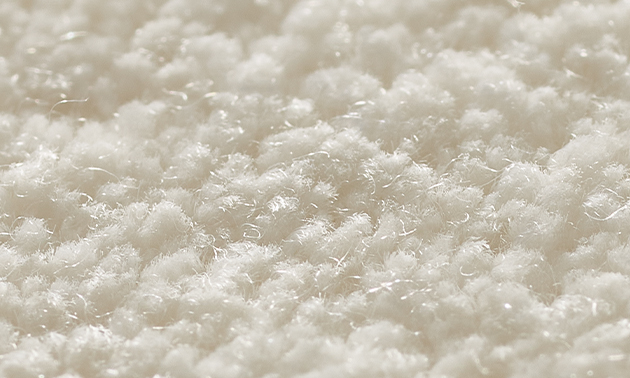
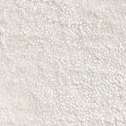
Viscose is a kind of material spun from natural cotton fiber and viscose fiber. Viscose is soft to the touch and has a silky luster. Good dye ability, can be dyed into various colors; The price is relatively cheap, and it is the most widely used material for carpets at present. The disadvantage is more hair loss on the carpet surface , because the fiber is shorter than wool. So it is best to combine with wool when making carpets, such as blended with cotton for patterns or mixed of wool.
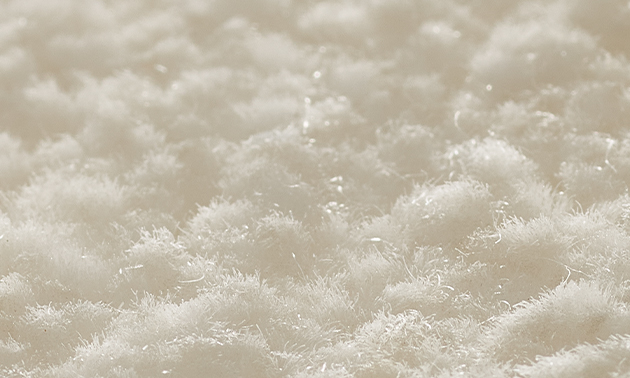
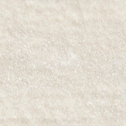
Artsilk is American Dupont 66 nylon, which has good luster and very soft hand feel. The carpet surface effect is very close to that of real silk, and its price is several times different from that of real silk. Because of its reasonable price and easy cleaning, it is the best choice to replace real silk. Artsilk has the following characteristics: Good gloss and silky luster; Soft, smooth and comfortable; Good wear resistance, not easy to pilling;Good elasticity, not easy to deform.
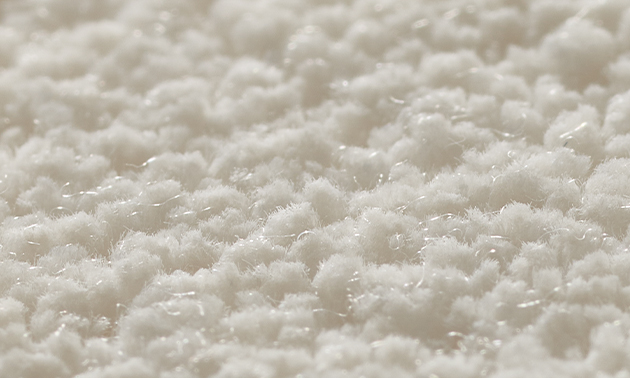
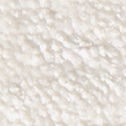
Bamboo silk is a kind of fiber which is made by breaking bamboo into bamboo pulp and then spinning. It has good performance on hygroscopicity, air permeability, antibacterial and ultraviolet resistance. Like viscose, it is widely used in clothing fabrics, bedding and so on. Because of its soft touch, bright color and good luster, it is also popular used in carpets in recent years. The disadvantage is that the fiber is shorter than other fibers, about 5CM, and it loses more hair than wool.
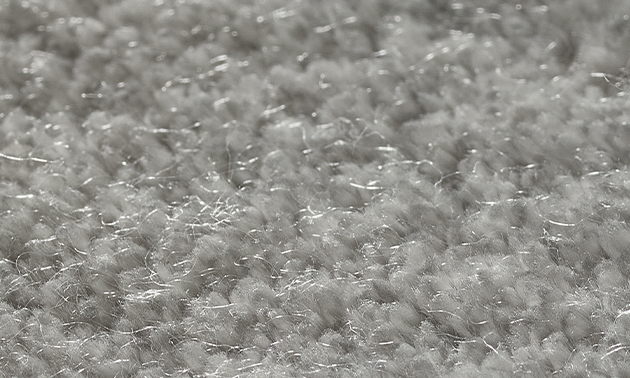

Tencel has excellent dyeing performance, and the carpet made of Tencel is durable, bright and perfect. In addition, the health factors of Tencel also make it the best alternative to traditional fibers. Because of the smooth surface of the fiber, the carpet made of Tencel is silky, smooth and soft. This kind of plant ecological fiber has many excellent characteristics such as moisture management. The excellent moisture absorption and moisture conduction function of the fiber can adjust the indoor temperature and humidity well, thus avoiding the accumulation of water vapor on walls and windows and preventing the formation of mold. This perfect moisture management function clearly distinguishes Tencel from synthetic fibers, which can optimize the indoor climate environment to the greatest extent and make home life more sanitary and healthy. Tencel fiber absorbs moisture, and the carpet with Tencel has a fiber moisture regain of 13%. Another important advantage of Tencel is that it will not produce moths. It is different from wool, Tencel is not protein fiber, and moths can't survive, so it is a natural insulator for moths. Woollen carpets, on the other hand, must be chemically treated to prevent insects and moths.
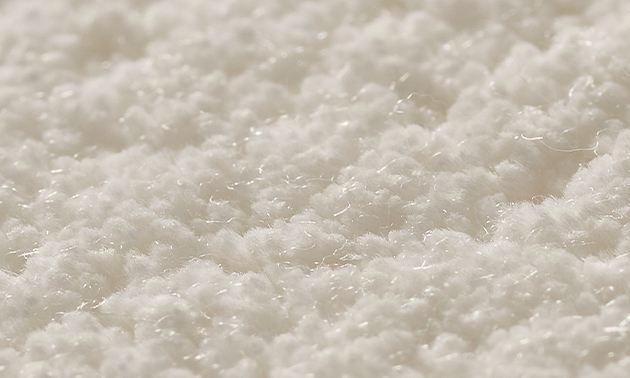
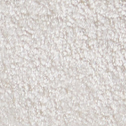
Vegetable silk is a kind of functional cellulose fiber modified by plant protein. Its raw materials are effective substance extracts of lotus leaves and lotus seeds and cellulose, which are made by special spinning process. Derived from nature, it can be naturally degraded, and at the same time it can resist ultraviolet rays like green plants, conserve water and produce negative oxygen ions, and at the same time it has the function of skin care and body shaping. Vegetable silk is characterized by natural green, environmental protection, moisture absorption and breathability, good moisture absorption and release, moisturizing human skin, softness and comfort.
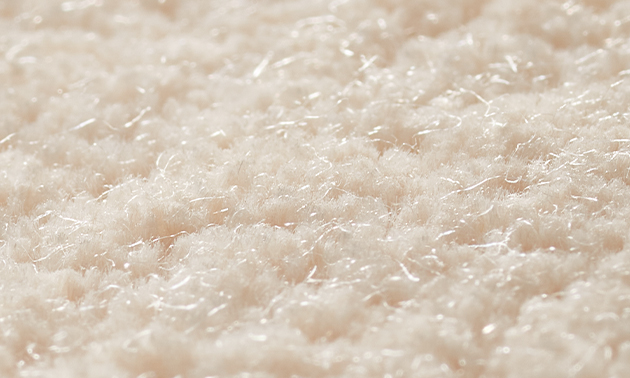
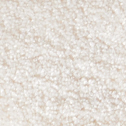
Delicate silk, also called squeezed silk, is spun from silkworm eggs after they are released in the wild. Because of its uneven fiber thickness, it is generally spun from medium-long fibers. Compared with real silk, its color, luster and yarn evenness are quite different. Because the price is much more cheaper than real silk and its cost performance is good, it accounts for a large proportion in high-end carpets. The disadvantage is that there is a small amount of floating hair.
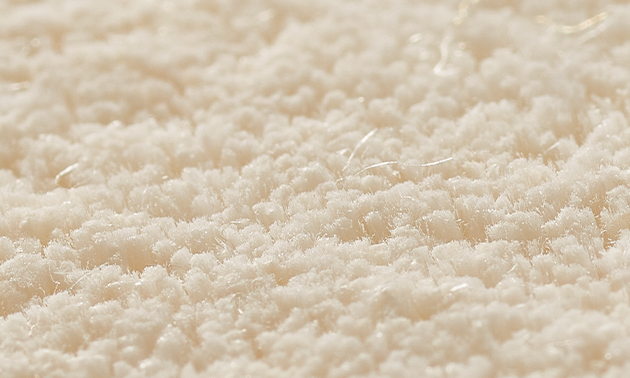
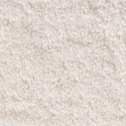
Flax is a kind of panicum miliaceum, which is native to Europe, Asia and Africa. Flax fiber is extracted from the phloem of flax stem and is a kind of natural fiber. It has the characteristics of good gloss, good hygroscopicity, good air permeability, softness and comfort. Flax is made of pure natural materials, without chemical additives, and has the advantages of firmness, wear resistance, breathability and sweat absorption.
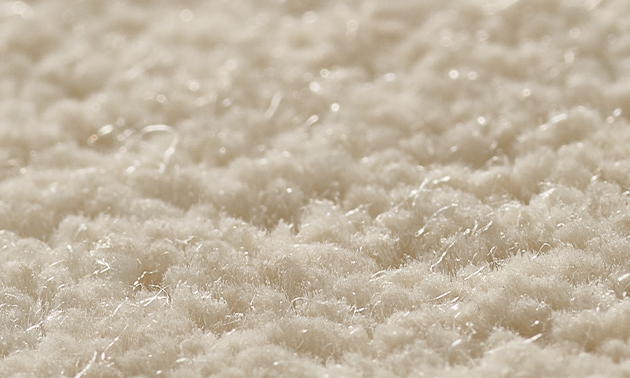

Dull silk is also spun with medium-long fiber pressed silk, with thicker yarn count and smooth carpet surface than delicate silk. After semi-extinction treatment, it not only ensures the smoothness of silk, but also reduces the refraction of silk. Many consumers want both the texture of silk and the less luster of silk. Dull silk is produced to meet the needs of customers, but also to create a low-key luxury texture.
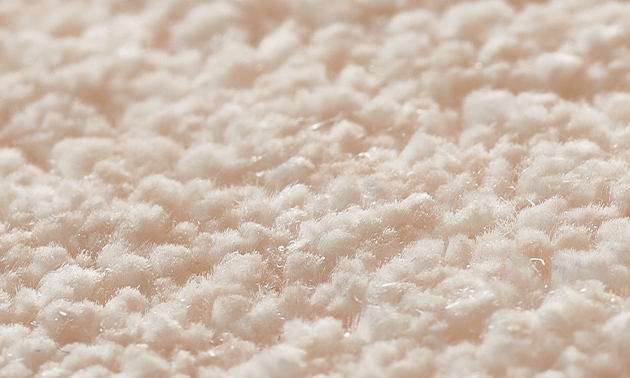

Silk is mulberry silk, filament type and protein fiber, and it is one of the most precious carpet materials in the world at present. The carpet made of it does not shed hair, has good color, gorgeous luster and particularly soft hand feel, and it is a treasure that other fibers can't replace. The products are mainly tapestries, palace and aristocratic household carpets. Silk has a soft touch, and it is a special carpet material for luxury houses. Silk has 18 kinds of amino acids, which is unmatched by other materials. Because mulberry silk is a porous fiber, it has many advantages, which are good temperature control, humidity control and air permeability. However, because it is protein fiber, which is delicate, we should avoid gravity friction twisting or sharp and rough objects dragging and rubbing the carpet surface. Silk carpet can not be washed by water directly. All silk fabrics are afraid of water.
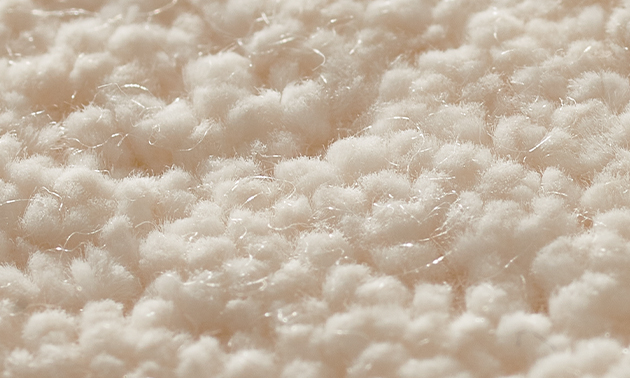

Spun silk is mulberry silk, which is woven from three strands of long fibers, and has all the physical properties of real silk. However, because medium and long fibers are mixed in it, there will be floating hairs on the carpet surface, so the price will be much cheaper than real silk.
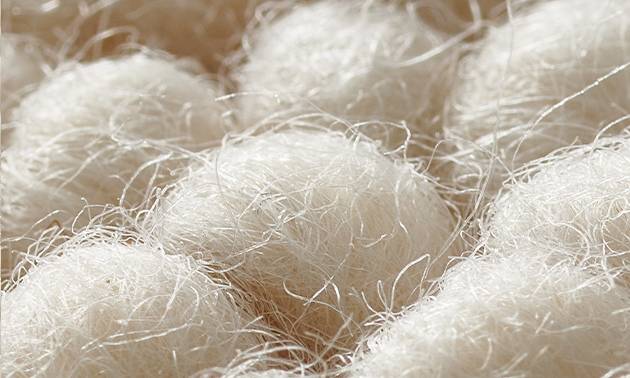
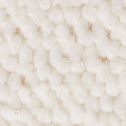
Felted wool with special specifications is made of selected wool fibers after special embracing spinning process. It has very good thermal and moisture-proof properties, and the yarn specification is special, which is much thicker than the regular yarn, and it also has a lot of good characteristics, soft hand feel and natural texture. In the process of carpet application, it can enrich the carpet surface effect and embellish the natural and unique texture effect.
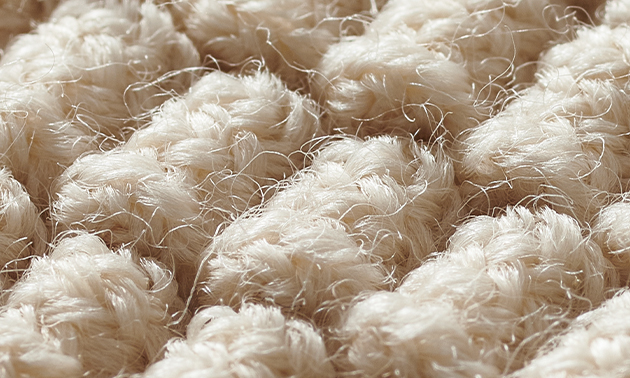
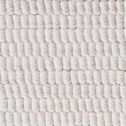
Round rope, also known as flat cotton thread and flat belt thread, is a flat wire made of cotton fiber. Its width is generally between 0.5 and 1.5 cm, and its thickness is about 0.2 to 0.5 mm. Round rope is soft and elastic, with good hygroscopicity and breathability. The advantages of round rope are as follows: soft texture, elasticity and comfortable feel; Good hygroscopicity and breathability, comfortable to wear; Wear-resistant and durable, long service life.


Polypropylene, also known as polyester fiber, is the most important synthetic fiber in textile fibers, which is made by spinning and post-treatment. The surface is smooth, corrosion-resistant and easy to clean, but it has poor dye ability, poor hygroscopicity, easy static electricity and poor melting resistance. High temperature dyeing is required, and a certain quantity is required for a single dyeing.
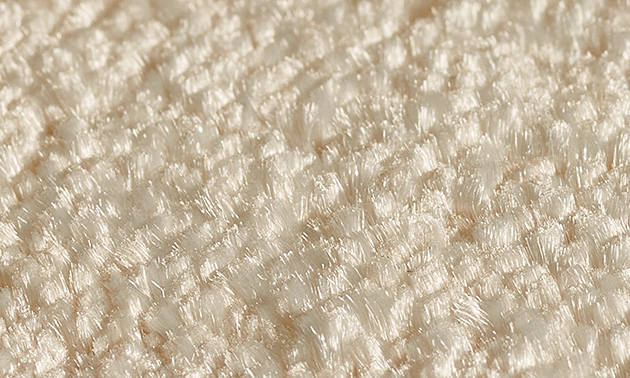

Rayon refers to the fiber made from natural cellulose through dissolution, spinning and post-treatment. Rayon is the first synthetic fiber successfully made, and it is also one of the largest synthetic fibers in the world at present. Long fiber is widely used in carpets because there is no floating hair on the carpet surface. However, the temperature of the carpet surface changes in the process of flattening, and the pile is easy to get dirty. It is recommended to use it in gray tone or dark tone.
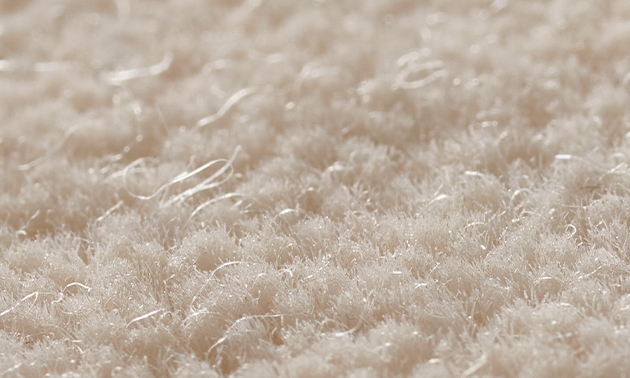
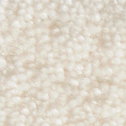
Blended NZ wool also known as NZ wool mixed synthetic fiber , refers to a textile made by wool fiber blending synthetic fiber. Blended NZ wool has the advantages of warmth retention, hygroscopicity and softness . The fiber, strength, wear resistance and wrinkle resistance of synthetic fiber, and is one of the most popular wool fabrics in the market at present. Generally, blended NZ wool synthetic fiber are mixed first, and then spinning and tufting . The proportion of wool fiber is generally between 30% and 70%, and the proportion of synthetic fiber is generally between 30% and 70%.
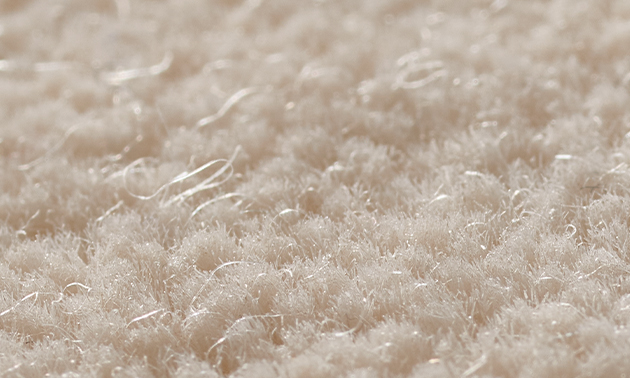
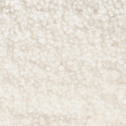
On the basis of blended NZ wool, a certain proportion of viscose is added to the carpet, which ensures that the carpet surface has both mercerization and straightness of the wool carpet surface.